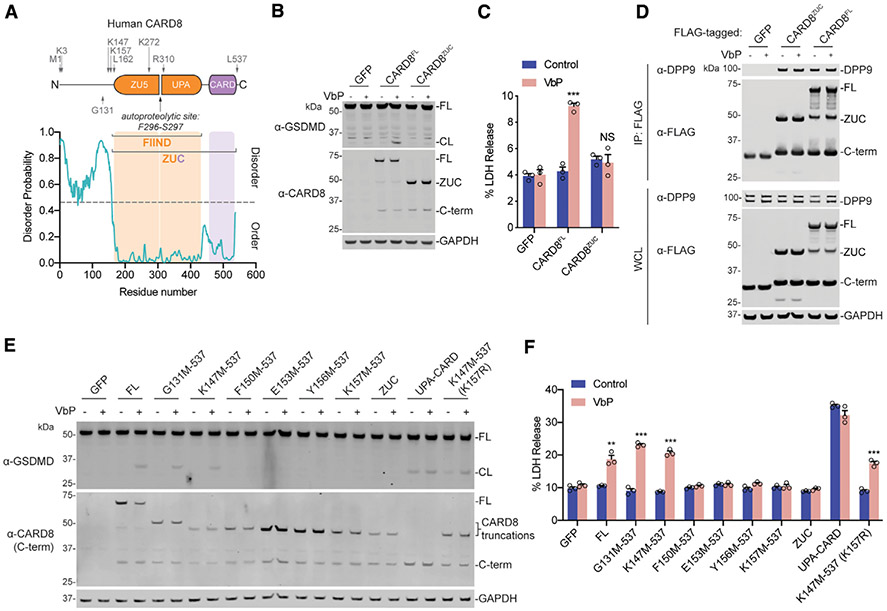Figure 1. The N-Terminal Disordered Region of CARD8 Is Required for Inflammasome Activation.
(A) Diagram of human CARD8 (above) and its predicted disorder (below) as determined by the Sequence-Based Prediction of Disordered Residues for Proteins (SPOT-Disorder) program (Hanson et al., 2017).
(B, C, E, and F) HEK293T cells stably expressing human CASP1 and GSDMD were transiently transfected with the indicated constructs (0.02 μg). After 16–20 h, samples were treated with VbP (10 μM) for 6 h before lysates were evaluated by immunoblotting (B and E) and cell viability was evaluated by lactate dehydrogenase (LDH) release (C and F).
(D) HEK293T cells were transiently transfected with the indicated constructs (2 μg). After 48 h, samples were treated with VbP (10 μM) for 6 h before lysates were immunoprecipitated by anti-FLAG and evaluated by immunoblotting. Immunoblot depicts input whole-cell lysate (WCL) and captured proteins (immunoprecipitation [IP]: FLAG). Residues that were mutated to create start sites are indicated. Data are means ± SEM of three biological replicates.
***p < 0.001 and **p < 0.01 by two-sided Student’s t test compared with mock. Data are representative of three or more independent experiments. FL, full length; CL, cleaved GSDMD; ZUC, ZU5-UPA-CARD domains of CARD8. Related to Figure S1.

